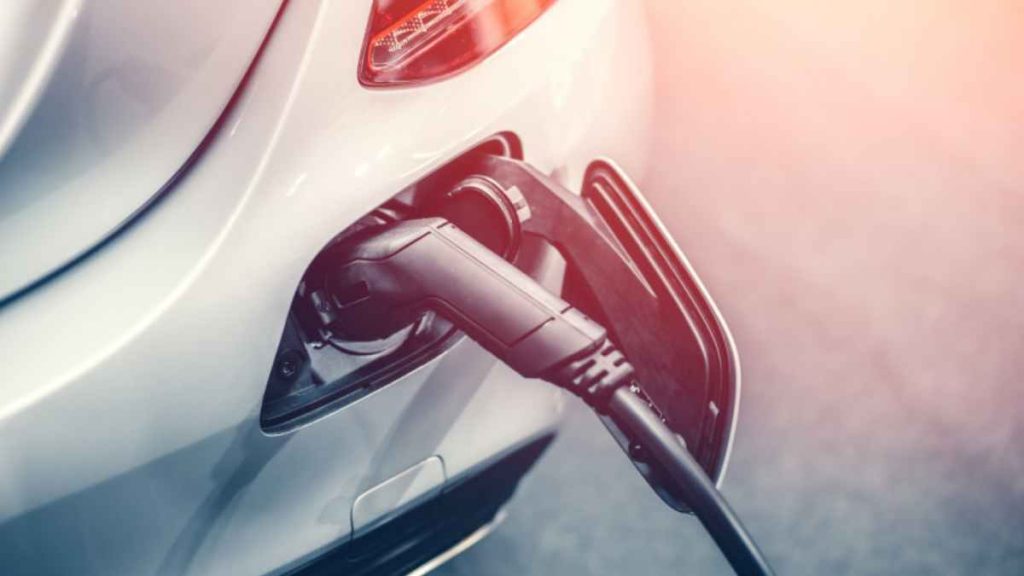As electric vehicles continue to increase traction in Australia, advanced and efficient charging solutions have become of critical importance. The future of EV chargers is promising, with continuous advancements and innovations shaping the charging landscape for EV owners. This article will examine the latest breakthroughs in EV charger technology available in Australia, focusing on the benefits of smart chargers and fast chargers, and how these innovations contribute to a more convenient and efficient charging experience.
1. Smart Chargers: Harnessing Intelligent Charging
Smart chargers represent a significant leap in EV charging technology. These chargers are equipped with cutting-edge software and communication capabilities, allowing them to interact with electric vehicles and the power grid intelligently.
One of the key advantages of smart chargers is their ability to optimize charging schedules based on real-time data. They can adjust charging rates to coincide with periods of lower energy demand or off-peak electricity rates. This not only benefits EV owners by reducing their electricity costs but also contributes to a more balanced and sustainable energy consumption pattern, benefiting the entire energy grid.
Additionally, smart chargers offer the convenience of remote monitoring and control. EV owners can access their charger’s status and manage charging sessions through smartphone apps or web portals. This level of connectivity enhances user experience and ensures that EV owners can charge their vehicles with ease, even when away from home.
2. Fast Chargers: Redefining Quick and Efficient Charging
Fast chargers have revolutionized the EV charging experience, particularly for those on the go. These chargers are designed to deliver a higher charging power, significantly reducing charging times compared to standard chargers.
The presence of fast charging infrastructure across Australia has transformed long-distance travel for EV owners. With strategically located fast chargers, drivers can recharge their EVs quickly during pit stops, making long trips more convenient and feasible.
Fast chargers play a pivotal role in promoting the wider adoption of electric vehicles. The accessibility of fast charging stations encourages more individuals to consider EVs as a practical and efficient alternative to traditional petrol-powered vehicles, thereby contributing to a greener and cleaner environment.
Navigating the Different Types of Type 2 Charging Cables in Australia
Type 2 charging cables are an essential component of the EV charging process, facilitating the transfer of energy from the charging station to the electric vehicle. Understanding the different types of Type 2 cables and their compatibility with various EV models is vital for EV owners in Australia.
1. Cable Length and Flexibility
Type 2 charging cables come in various lengths, ranging from a few meters to several meters. Longer cables offer flexibility, allowing EV owners to park their vehicles further from the charging station if needed. However, longer cables may be less convenient for daily use, as they require more space for storage.
It is advisable to choose a cable length that suits your regular charging habits. For home use or workplace charging, a shorter cable may suffice, while longer cables are more suitable for public charging stations where parking spaces might be limited.
2. Cable Materials and Durability
Type 2 charging cables are typically constructed from high-quality materials like thermoplastic elastomers (TPE) or rubber. These materials offer excellent flexibility and durability, ensuring the cables can withstand frequent use and varying weather conditions.
When selecting a Type 2 charging cable, consider the build quality and material to ensure it can withstand the rigours of everyday charging and serve you well over an extended period.
3. Compatibility with EV Models
Type 2 charging cables are designed for Mode 3 charging, which is the standard charging mode for most electric vehicles. However, it is necessary to ensure that the charging cable is compatible with your specific EV model.
Before purchasing a Type 2 charging cable, verify its compatibility with your electric vehicle’s charging port and specifications. This will prevent any compatibility issues and ensure a smooth and efficient charging process.
Embracing the Advancements in EV Charging Technology
The future of EV chargers in Australia is promising, with continuous advancements in smart chargers and fast chargers leading the way towards a more convenient and efficient charging experience for EV owners.
Moreover, understanding the different types of Type 2 charging cables and their compatibility is vital for EV owners in Australia to make informed choices and ensure seamless charging experiences.
As technology continues to evolve, embracing these innovations not only enhances the overall EV driving experience but also accelerates the transition towards a greener and more sustainable transportation future in Australia.

